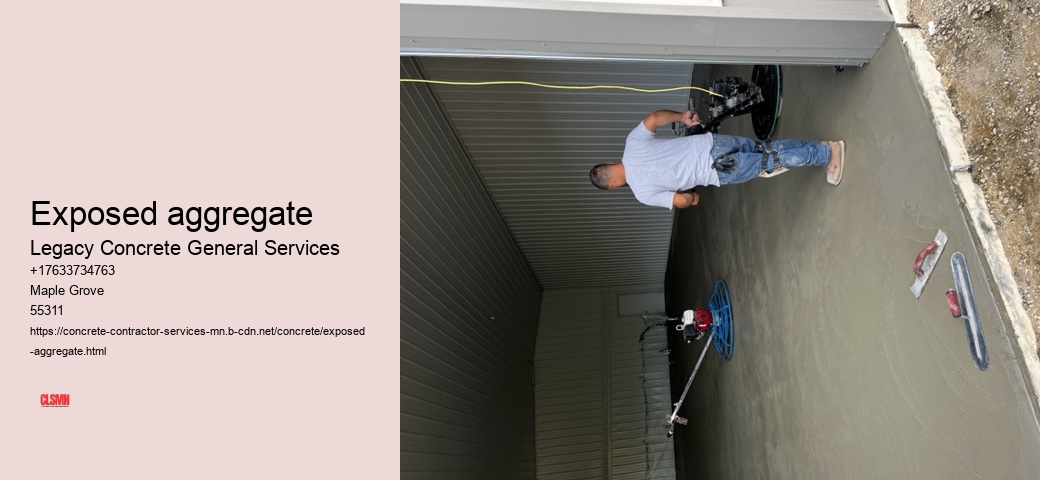Exposed aggregate is a fascinating and versatile style of concrete finish that has gained popularity for its durability, aesthetic appeal, and ability to complement a wide range of architectural designs. This unique technique involves revealing the natural textures and colors of stones, pebbles, or other materials embedded in the surface of the concrete. The result is a visually striking surface that combines strength with beauty, making it an excellent choice for both residential and commercial applications.
One of the most notable features of exposed aggregate is its aesthetic versatility. Unlike traditional plain concrete surfaces, which can sometimes appear dull or utilitarian, exposed aggregate transforms ordinary concrete into a decorative element. The variety of available aggregates-ranging from smooth river stones to colorful crushed glass-offers endless possibilities for customization. Designers and homeowners can choose specific textures and colors to complement their surroundings or create eye-catching contrasts. Whether used for driveways, patios, walkways, or pool decks, exposed aggregate adds character and depth to outdoor spaces.
Another advantage of exposed aggregate is its remarkable durability. Concrete itself is known for being strong and long-lasting, but the addition of aggregates on the surface enhances its resilience further. These materials are resistant to wear and tear caused by foot traffic, vehicles, weather conditions, and other environmental factors. The rough texture created by the exposed aggregates also provides excellent slip resistance-a crucial feature for surfaces like pool areas or sloped pathways where safety is a priority.
The process of creating an exposed aggregate finish involves several steps that require precision and expertise. First, the concrete mixture is poured as usual.
Exposed aggregate - Shoring
- Construction
- Blueprint
- Asphalt
- Shoring
In addition to aesthetics and durability, there's also an eco-friendly aspect associated with choosing exposed aggregate finishes. Many builders incorporate recycled materials such as crushed glass or repurposed stone into their designs instead of relying solely on newly quarried resources. By doing so, they reduce waste while promoting sustainability-a growing concern in modern construction practices.
Maintenance requirements for exposed aggregate surfaces are relatively low compared to other decorative options like stamped concrete or pavers. Blueprint Regular cleaning with water and occasional resealing help preserve its appearance over time while protecting against stains from oil spills or organic debris like leaves.
Exposed aggregate - Construction
- Epoxy
- Stamped
- Salt
- Cement
Despite its many benefits, there are certain considerations when opting for an exposed aggregate finish. For instance, because this style emphasizes texture by design-it may feel rougher underfoot compared to smoother finishes-and some individuals might find it less comfortable in barefoot areas like poolside lounges.
In conclusion, exposed aggregate offers an ideal combination of functionality and visual appeal that makes it well-suited for numerous applications in modern construction projects. Its customizable nature allows homeowners and designers alike to create personalized looks tailored specifically toward their desired atmospheres while simultaneously benefiting from enhanced durability features inherent within this material choice overall!
Exposed aggregate - Blueprint
- Patios
- Basement
- Tools
- Sealers
